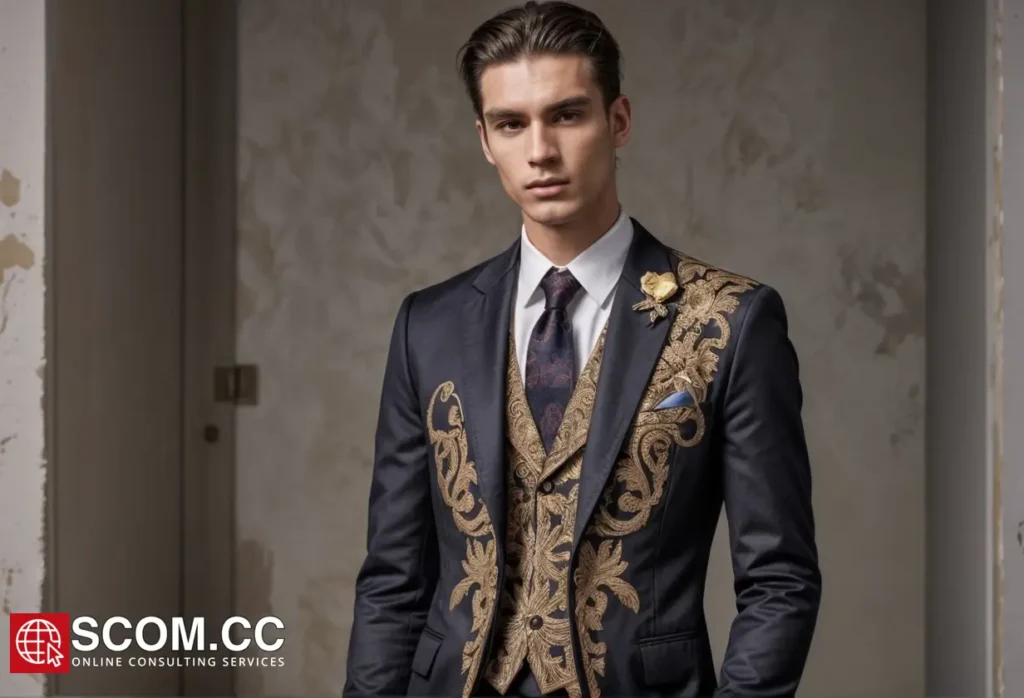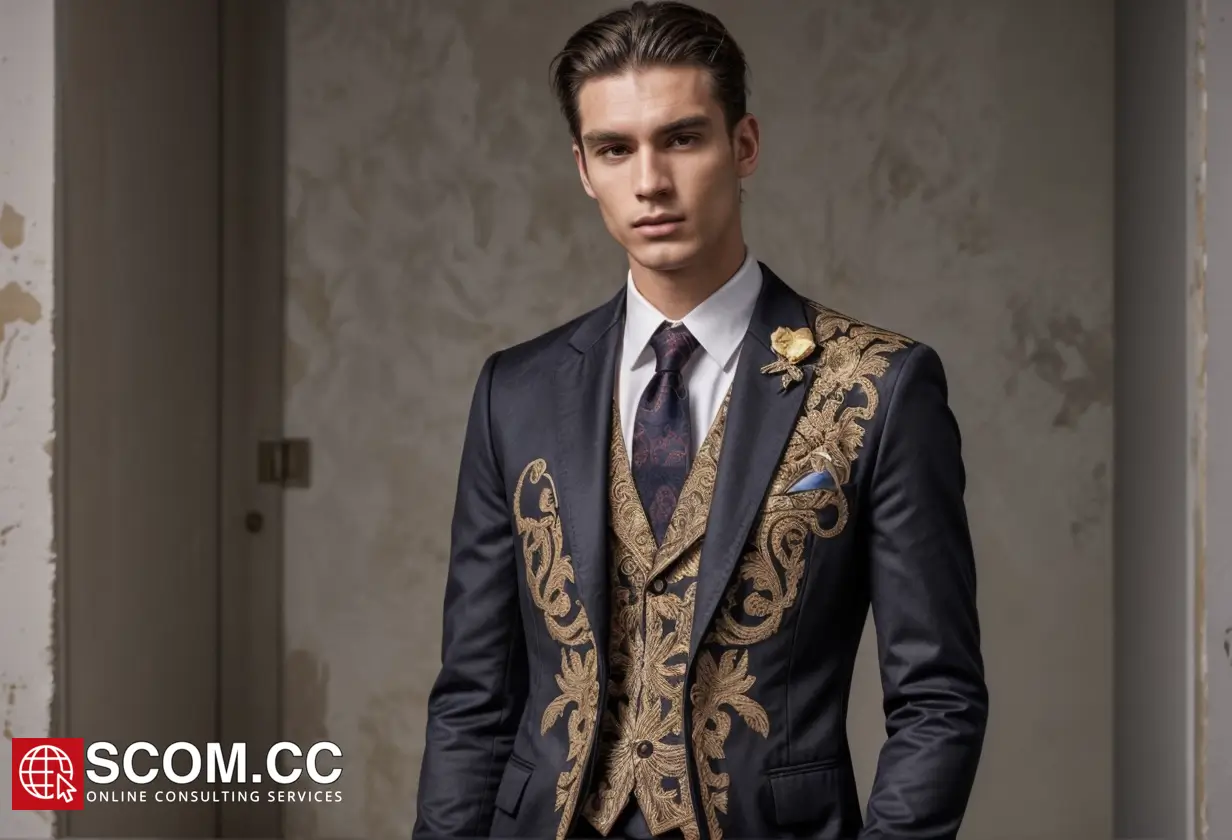How Can You Incorporate Cultural Influences into Contemporary Tailoring?

- How Can You Incorporate Cultural Influences into Contemporary Tailoring?
- Understanding the Significance of Cultural Influences in Tailoring
- Integrating Traditional Fabrics and Textiles
- Adapting Cultural Silhouettes to Modern Fashion
- Incorporating Traditional Patterns and Embroidery
- Blending Cultural Dress Codes with Modern Functionality
- Sustainability and Ethical Considerations
- Conclusion
- Table Summary
-
FAQ
- 1. What are the key cultural influences in contemporary tailoring?
- 2. How can I incorporate traditional fabrics into modern tailoring?
- 3. What are some examples of cultural silhouettes adapted to modern tailoring?
- 4. How do patterns and embroidery enhance contemporary tailoring?
- 5. Can cultural dress codes be adapted for modern wear?
- 6. Why is sustainability important in culturally influenced tailoring?
- 7. How can I support artisan communities through my fashion choices?
How Can You Incorporate Cultural Influences into Contemporary Tailoring?
In the modern fashion landscape, contemporary tailoring stands at the intersection of tradition and innovation. As global influences blend seamlessly with local craftsmanship, tailoring is no longer confined to the rigid, classic styles of the past. Instead, it has evolved into a dynamic art form where cultural influences play a pivotal role in defining personal style and identity. In this article, we explore how cultural elements can be thoughtfully and effectively incorporated into contemporary tailoring to create garments that not only fit well but also resonate with deeper cultural meanings.
Understanding the Significance of Cultural Influences in Tailoring
Culture is the foundation of identity, and fashion is one of its most visible expressions. Incorporating cultural influences into contemporary tailoring allows individuals to showcase their heritage, values, and traditions in a sophisticated manner. This fusion of culture and tailoring can be seen in the use of traditional fabrics, patterns, and embellishments, as well as in the adaptation of cultural dress codes to modern silhouettes. Whether it’s a subtle nod to ancestral roots or a bold statement of cultural pride, these elements enhance the narrative of the garment and make it unique.
Integrating Traditional Fabrics and Textiles
One of the most direct ways to incorporate cultural influences into contemporary tailoring is through the use of traditional fabrics and textiles. Many cultures have a rich history of textile production, with specific fabrics being integral to their cultural identity. For instance:
- African Ankara Prints: Known for their vibrant colors and intricate patterns, Ankara prints are a staple in West African fashion. When used in modern tailoring, they can add a pop of color and a sense of heritage to any suit or dress.
- Indian Silk and Brocade: India’s rich tradition of silk weaving and brocade work offers luxurious textures that can be seamlessly integrated into modern garments. Whether it’s a lining for a jacket or a full outfit, these fabrics exude elegance and cultural significance.
- Scottish Tartan: A symbol of clan identity, tartan patterns can be used in contemporary tailoring to add a touch of Scottish tradition to modern clothing. A tartan-lined blazer or a bespoke tartan suit can be both a fashion statement and a tribute to one’s heritage.
Incorporating these textiles into tailoring requires a careful balance between honoring the fabric’s cultural significance and ensuring that the garment remains modern and wearable.
Adapting Cultural Silhouettes to Modern Fashion
Silhouettes from traditional clothing often serve as a rich source of inspiration for contemporary tailoring. By adapting these shapes to fit modern aesthetics, designers can create garments that pay homage to cultural heritage while remaining relevant in today’s fashion world.
- Kimono-Inspired Coats and Jackets: The Japanese kimono, with its straight lines and open front, has inspired many modern coats and jackets. Designers often adapt the kimono’s structure to create elegant, flowing outerwear that retains the garment’s cultural essence while fitting into contemporary wardrobes.
- African Dashiki Influence: The dashiki, a loose-fitting shirt with a distinctive neckline, has been reinterpreted in modern tailoring as a versatile garment that can be dressed up or down. Its bold patterns and relaxed silhouette make it a popular choice for those looking to incorporate African cultural elements into their clothing.
- Indian Sherwani and Nehru Jackets: The structured elegance of the Sherwani and Nehru jackets from India has made them popular in contemporary tailoring. These garments can be tailored to modern fits, making them suitable for both formal and semi-formal occasions while preserving their cultural roots.
By integrating these silhouettes into modern tailoring, designers create pieces that are not only fashionable but also rich in cultural meaning.
Incorporating Traditional Patterns and Embroidery
Patterns and embroidery are often key elements of cultural attire, carrying deep symbolic meanings. When these are incorporated into contemporary tailoring, they add layers of history and storytelling to the garment.
- Mexican Embroidery: Known for its vibrant colors and intricate designs, Mexican embroidery can be used to embellish modern garments, adding a touch of handcrafted artistry. Whether it’s a subtle detail on a pocket or a bold statement on a jacket, this embroidery can make a garment stand out.
- Chinese Brocade and Embroidery: Chinese textiles often feature intricate designs with symbolic meanings, such as dragons or phoenixes representing power and prosperity. Incorporating these motifs into contemporary tailoring can add a unique and meaningful touch to a garment.
- Middle Eastern Geometric Patterns: Geometric patterns, often found in Middle Eastern textiles and architecture, can be subtly integrated into modern tailoring through prints or jacquard fabrics. These patterns add a sense of structure and rhythm to the garment, while also nodding to cultural influences.
The key to successfully incorporating traditional patterns and embroidery into contemporary tailoring is to use them thoughtfully, ensuring that they enhance rather than overwhelm the garment.
Blending Cultural Dress Codes with Modern Functionality
Cultural dress codes often come with specific rules and symbolism, which can be challenging to adapt to modern tailoring. However, when done right, this blend of traditional dress codes with contemporary functionality can result in garments that are both meaningful and practical.
- Middle Eastern Thobe with a Modern Twist: The thobe, a long garment worn in many Middle Eastern cultures, can be adapted to modern tailoring by adjusting the length, fit, and materials. A shortened thobe with a tailored fit can serve as a stylish and comfortable alternative to traditional suits.
- Sari-Inspired Draping Techniques: The sari, a traditional Indian garment, has inspired modern designers to incorporate draping techniques into contemporary dresses and gowns. By blending the sari’s elegance with modern tailoring, designers create garments that are both fashionable and culturally resonant.
- African Caftan and Agbada Styles: These flowing garments, traditionally worn in many African cultures, can be adapted into modern, gender-neutral fashion. Tailored versions of the caftan or agbada can serve as sophisticated, statement pieces in contemporary wardrobes.
Incorporating these elements requires a deep understanding of both the cultural significance of the garment and the practical needs of modern fashion.
Sustainability and Ethical Considerations
As cultural influences become more prominent in contemporary tailoring, it’s essential to consider the sustainability and ethical implications of using traditional materials and techniques. Many traditional fabrics and crafts are produced by artisans who rely on fair trade practices for their livelihoods. When incorporating cultural influences into modern tailoring, it is crucial to source materials ethically and support sustainable practices that preserve these cultural traditions.
- Fair Trade Fabrics: Opting for fair trade fabrics ensures that the artisans who produce these materials are paid fairly for their work. This not only supports the continuation of traditional crafts but also promotes ethical fashion practices.
- Sustainable Sourcing: Many traditional textiles are produced using environmentally friendly methods. By choosing sustainably sourced materials, designers can reduce the environmental impact of their garments while supporting cultural preservation.
- Supporting Artisan Communities: Collaborating with artisan communities helps to preserve traditional crafts and provides economic support to these communities. Designers who incorporate cultural influences into their work can make a positive impact by building relationships with these artisans and promoting their craft.
Incorporating cultural influences into contemporary tailoring is not just about aesthetics; it’s also about respecting and preserving the cultural and environmental contexts from which these influences arise.
Conclusion
In the realm of contemporary tailoring, cultural influences offer a rich tapestry of inspiration that can transform ordinary garments into extraordinary expressions of identity and heritage. By thoughtfully integrating traditional fabrics, patterns, and silhouettes into modern designs, tailors and designers can create pieces that resonate on a deeper cultural level. As we continue to explore the intersection of culture and fashion, it is essential to approach this fusion with respect, understanding, and a commitment to ethical practices.
Table Summary
| Cultural Element | Tailoring Application | Example |
|---|---|---|
| Traditional Fabrics | Use of cultural textiles in modern garments | African Ankara prints in suits, Indian silk |
| Cultural Silhouettes | Modern adaptation of traditional clothing shapes | Kimono-inspired jackets, Nehru jackets |
| Patterns and Embroidery | Integration of symbolic cultural designs | Mexican embroidery, Chinese brocade |
| Dress Codes and Functionality | Blending cultural dress rules with modern needs | Modern thobe, sari-inspired draping |
| Sustainability | Ethical sourcing and fair trade practices | Fair trade fabrics, artisan collaborations |
FAQ
1. What are the key cultural influences in contemporary tailoring?
Cultural influences in contemporary tailoring include traditional fabrics, silhouettes, patterns, and dress codes from various cultures, blended with modern fashion principles.
2. How can I incorporate traditional fabrics into modern tailoring?
You can incorporate traditional fabrics by using them in linings, accents, or as the main material for garments, ensuring they complement contemporary designs.
3. What are some examples of cultural silhouettes adapted to modern tailoring?
Examples include kimono-inspired jackets, Nehru jackets, and dashiki-inspired shirts, which have been tailored to fit modern fashion aesthetics.
4. How do patterns and embroidery enhance contemporary tailoring?
Traditional patterns and embroidery add symbolic and aesthetic value, making garments unique and culturally significant.
5. Can cultural dress codes be adapted for modern wear?
Yes, cultural dress codes like the thobe or sari can be adapted to modern tailoring by adjusting fit, length, and materials while retaining their cultural essence.
6. Why is sustainability important in culturally influenced tailoring?
Sustainability ensures that traditional crafts are preserved, artisans are fairly compensated, and the environmental impact of fashion is minimized.
7. How can I support artisan communities through my fashion choices?
By choosing garments made with fair trade materials and supporting brands that collaborate with artisans, you can contribute to preserving cultural traditions and providing economic support to these communities.

To explore more about tailoring, visit our Blog of Tailoring. If you have any questions or need assistance, go to our contact page. Additionally, you can find more information about tailoring and consulting at this tailoring and consulting portal.

Leave a Reply